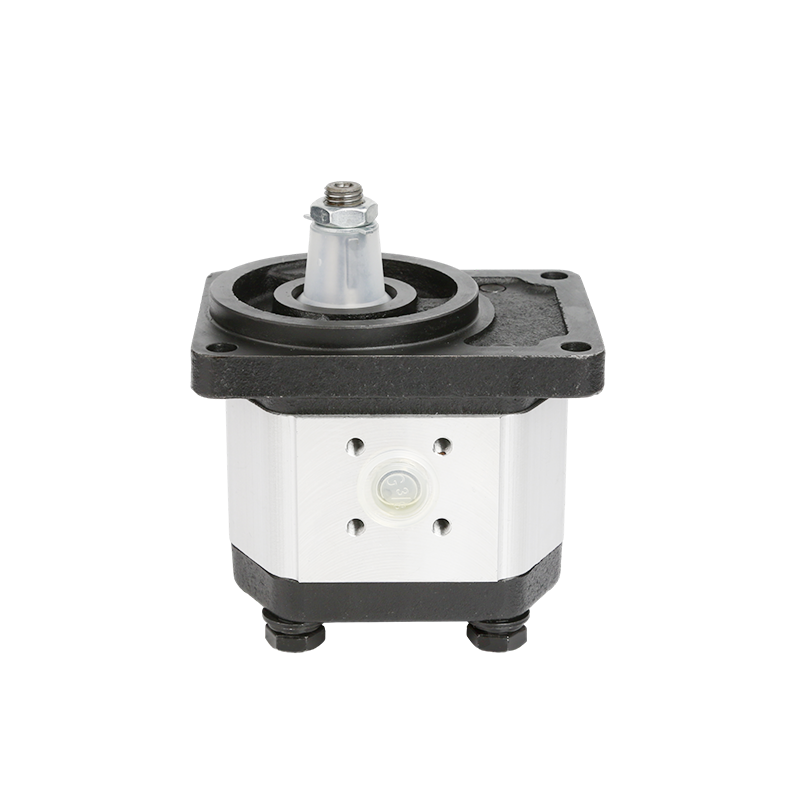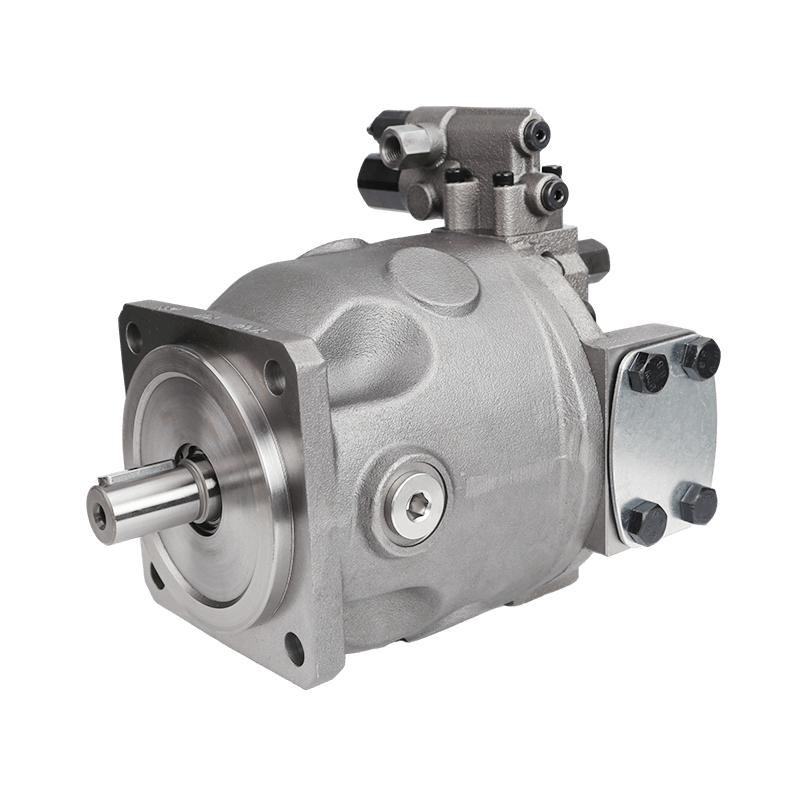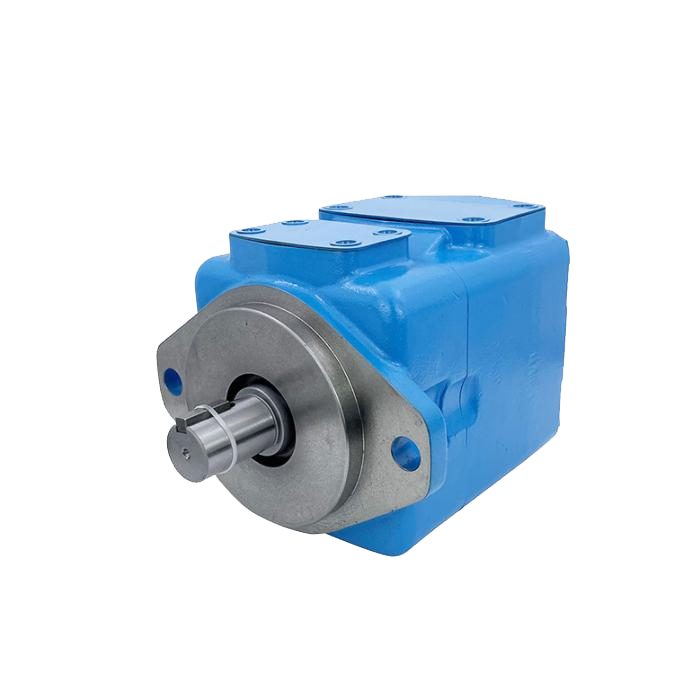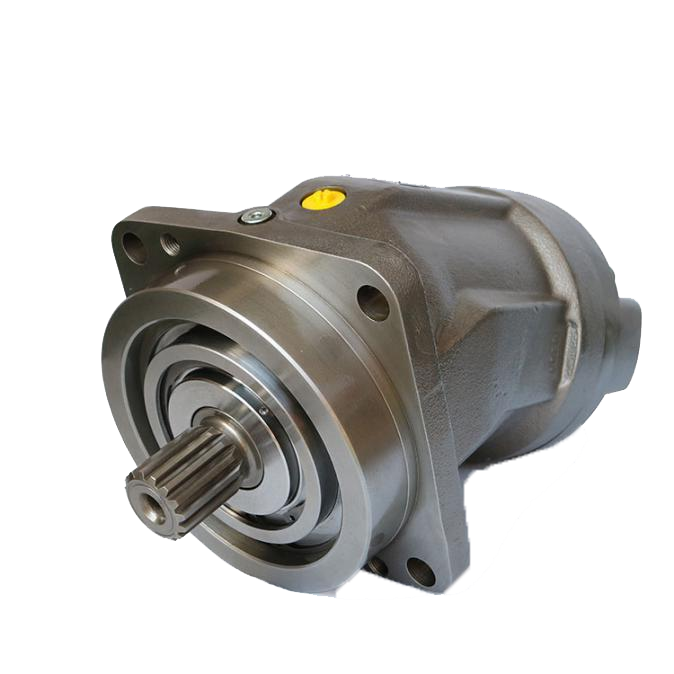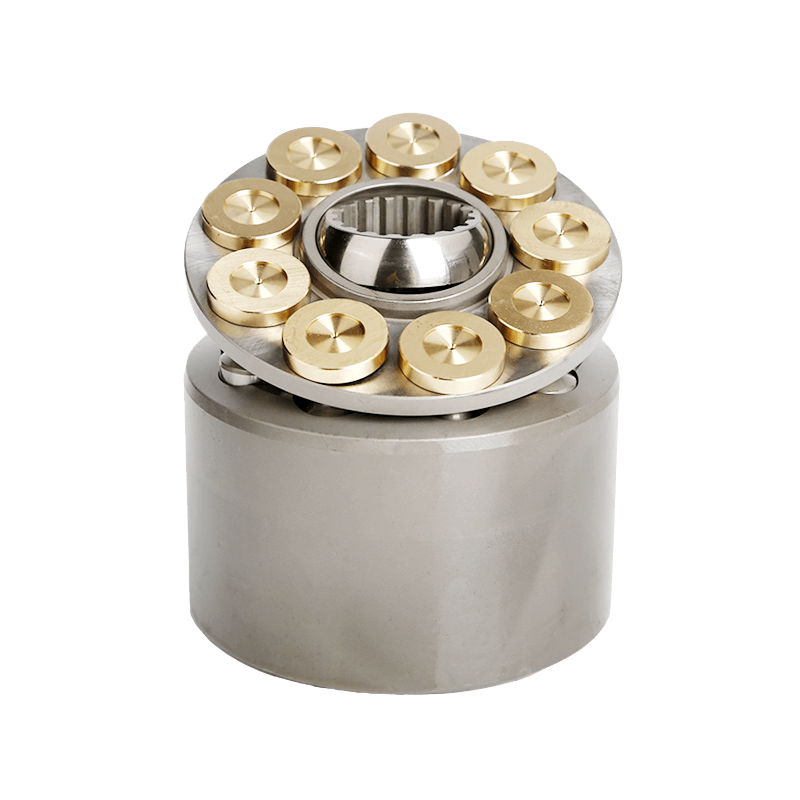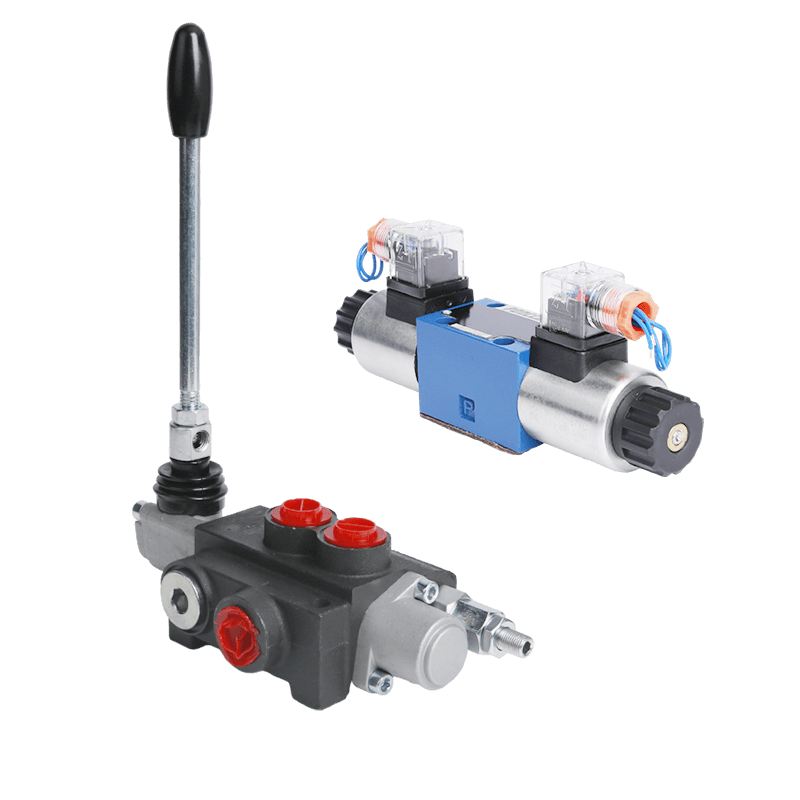What Is a Vane Pump and How Does It Work?
How Vane Pumps Operate
A high pressure vane pump is a special tool that moves liquid in a steady way. It uses flat blades, called vanes, that slide inside a spinning part called a rotor. As the rotor turns, a force pushes the vanes out to touch the pump’s walls. This makes small spaces that carry liquid from the inlet to the outlet. The steady spinning keeps the liquid flowing smoothly. This makes high pressure vane pumps great for jobs needing exact pressure and reliable work.

Why Pressure Matters in Vane Pumps
Pressure is super important for how well a vane pump works. It affects how efficient and long-lasting the pump is. High pressure vane pumps can handle tough jobs, like in hydraulic systems or big machines, where pressure can go up to 3000 PSI. Keeping the right pressure stops parts from wearing out too soon. It also makes the system work better and last longer.
Key Parts of a High Pressure Vane Pump
Rotor
The rotor is the main part of a high pressure vane pump. It spins and moves the vanes to push liquid. It usually spins at 600 to 1800 RPM, giving the energy needed to move the liquid.
Vanes
The vanes are flat blades that slide in and out of the rotor. They move because of spinning force and liquid pressure. They’re made from strong materials to handle pressures up to 3000 PSI.
Cam Ring
The cam ring sits around the rotor. It guides the vanes’ movement. Its careful design makes the pump work smoothly and keeps efficiency above 90%.
Inlet and Outlet Ports
These ports let liquid come in and go out. They’re built to keep the flow smooth and reduce messiness in the liquid’s movement.
Shaft
The shaft is made from tough steel or alloys. It carries power from the motor to the rotor. It’s strong enough to handle heavy twisting forces.
Housing
The housing holds all the parts together. It’s made from sturdy stuff like cast iron or aluminum to keep everything safe and strong.
Bearings
Bearings, like ball or roller types, help the spinning parts move easily. They cut down friction during high-pressure jobs.
Seals
Seals stop leaks and keep dirt out. They’re made from tough materials like Viton or PTFE to work well in extreme conditions.
Back-up Rings
These rings help seals stay strong under high pressure. They stop the seals from getting pushed out of place.
Wear Plates
Wear plates lower friction between vanes and the housing. They’re made from hard steel to make the pump last longer.
Why Choose High Pressure Vane Pumps for Industrial Jobs?

Understanding Vane Pump Technology
Vane pump technology uses movable vanes in a rotor to keep liquid flowing steadily, even if pressure changes. This flexibility makes high pressure vane pumps perfect for things like air conditioning systems or moving fuel.
Benefits of High Pressure Vane Pumps
High pressure vane pumps are super efficient, with flow rates of 90%-95%. They’re quiet, making only 60-70 decibels of noise. They can handle all kinds of liquids. Their strong build lasts a long time, even in tough conditions. The simple design makes them easy to fix. Plus, they meet high standards like ISO 9001.
How High Pressure Vane Pumps Boost Efficiency
High pressure vane pumps work better because their vanes adjust themselves. This keeps gaps small, even as parts wear out. They stay efficient above 90%, with little liquid leaking inside. They keep steady flow, even at pressures up to 5000 PSI. Smart designs for inlets and outlets reduce messiness in the flow. Special plates help liquid move smoothly, saving energy.
What Are the Specs and Flow Rates of High Pressure Vane Pumps?
Fixed vs. Variable Displacement
Fixed displacement pumps give the same amount of liquid every time, no matter the pressure. They’re great for jobs needing steady flow. They’re simpler and cheaper than variable pumps, with flow rates from 10-150 L/min and pressures up to 250 bar. But they’re less efficient when liquid needs change because they can’t adjust.
Variable displacement pumps can change their flow or pressure based on what the system needs. They adjust by moving a part called the swashplate or shifting the vanes. These are great for precise jobs, like making plastic parts or airplane hydraulics. They have flow rates from 5-300 L/min and pressures up to 350 bar. Their smart controls make them super efficient in complex systems.
Displacement and Flow Rates of High Pressure Vane Pumps
High pressure vane pumps have displacement rates from 20-200 cubic centimeters per spin (cc/rev). This range fits many system needs. Flow rates usually range from 50 to 400 liters per minute (L/min). These pumps shine in high-pressure jobs, handling up to 400 bar. Their tough design keeps them working well in hard industrial settings.
Pressure Ratings of High Pressure Vane Pumps
High pressure vane pumps work at pressures from 250 to 400 bar. The exact pressure depends on things like part tolerances, vane materials, and the pump’s design. High-quality pumps use strong steel vanes and carefully made housings to handle high pressure without breaking. Better seals stop leaks and keep performance steady in tough conditions. Pressure relief valves add safety by stopping too much pressure. For example, a pump rated at 350 bar with a flow of 350 L/min works great in systems like hydraulic presses or plastic-making machines.
How Do Vane Pumps Compare to Other Pumps?
High Pressure Vane Pumps vs. Gear Pumps
High pressure vane pumps are more efficient than gear pumps, with flow rates above 90%. Their self-adjusting vanes keep tight seals against the housing. Gear pumps, though, have lower efficiency, around 75%-85%, because of slipping and wear over time.
Vane pumps can handle many types of liquids, from thin to thick, without losing performance. Their design reduces liquid damage. Gear pumps struggle with thick liquids because of extra friction and wear on gears.
Vane pumps can manage pressures up to 3000 PSI, while gear pumps usually max out at 1000-2500 PSI for steady work. Vane pumps also need less fixing because their vanes wear less.
Benefits of Rotary High Pressure Vane Pumps
Rotary high pressure vane pumps are more efficient and flexible than fixed displacement pumps. They adjust flow without changing speed, saving energy compared to fixed pumps that always give the same flow. These pumps hit efficiencies above 90%, with little liquid leaking. They work well at pressures up to 3000 PSI. Their self-adjusting vanes keep performance strong with less upkeep.
Fixed displacement pumps aren’t as flexible. They can be less efficient and need more fixes because they don’t adjust to changing needs.
Comparing Displacement Rates
Regular vane pumps have displacement rates from 0.5 to 200 cc/rev and work at pressures up to 1500 PSI. High pressure vane pumps are built for tougher jobs. They reach up to 250 cc/rev and handle pressures up to 3000 PSI, keeping efficiency above 90%.
Common Uses of High Pressure Vane Pumps
In Chemical Industries
High pressure vane pumps are awesome in chemical industries where exact liquid handling is key. They manage harsh liquids well while staying efficient. This makes them great for tasks like pulling out solvents, making plastics, or handling reactive chemicals.
Mobile Equipment Needing High Pressure
Mobile machines like excavators, cranes, tractors, and harvesters depend on high pressure vane pumps for hydraulic power. These pumps give steady force for tasks like digging or lifting heavy stuff, even when conditions change.
Wide Industrial Uses
High pressure vane pumps are vital in manufacturing, powering hydraulic presses for shaping metal or forging. They’re also key in oil and gas industries, supporting equipment like blowout preventers or hydraulic fracturing tools.
How to Maintain and Fix High Pressure Vane Pumps
Regular Maintenance for Vane Pumps
Routine care includes checking filters often, using clean hydraulic fluid with the right thickness (32-68 cSt), and looking at parts like vanes for wear or damage. Adjust relief valves regularly within safe pressure ranges (1000-2500 PSI).
Handling Issues with High Pressure Vane Pumps
Common problems include cavitation from air bubbles in the liquid or loud noises from worn parts. Keeping the fluid tank at the right level and tightening loose connections can fix these issues.
Avoiding Mechanical Failures
To prevent breakdowns, keep an eye on operating settings, like pressure between 500-3000 PSI. Use good filtration systems to make the pump last longer.
POOCCA offers a wide range of high pressure vane pumps made just for you. With over 20 years in hydraulics, POOCCA gives factory-direct prices, quick shipping, and custom options for products, logos, and brands. Contact POOCCA today for trusty solutions!

